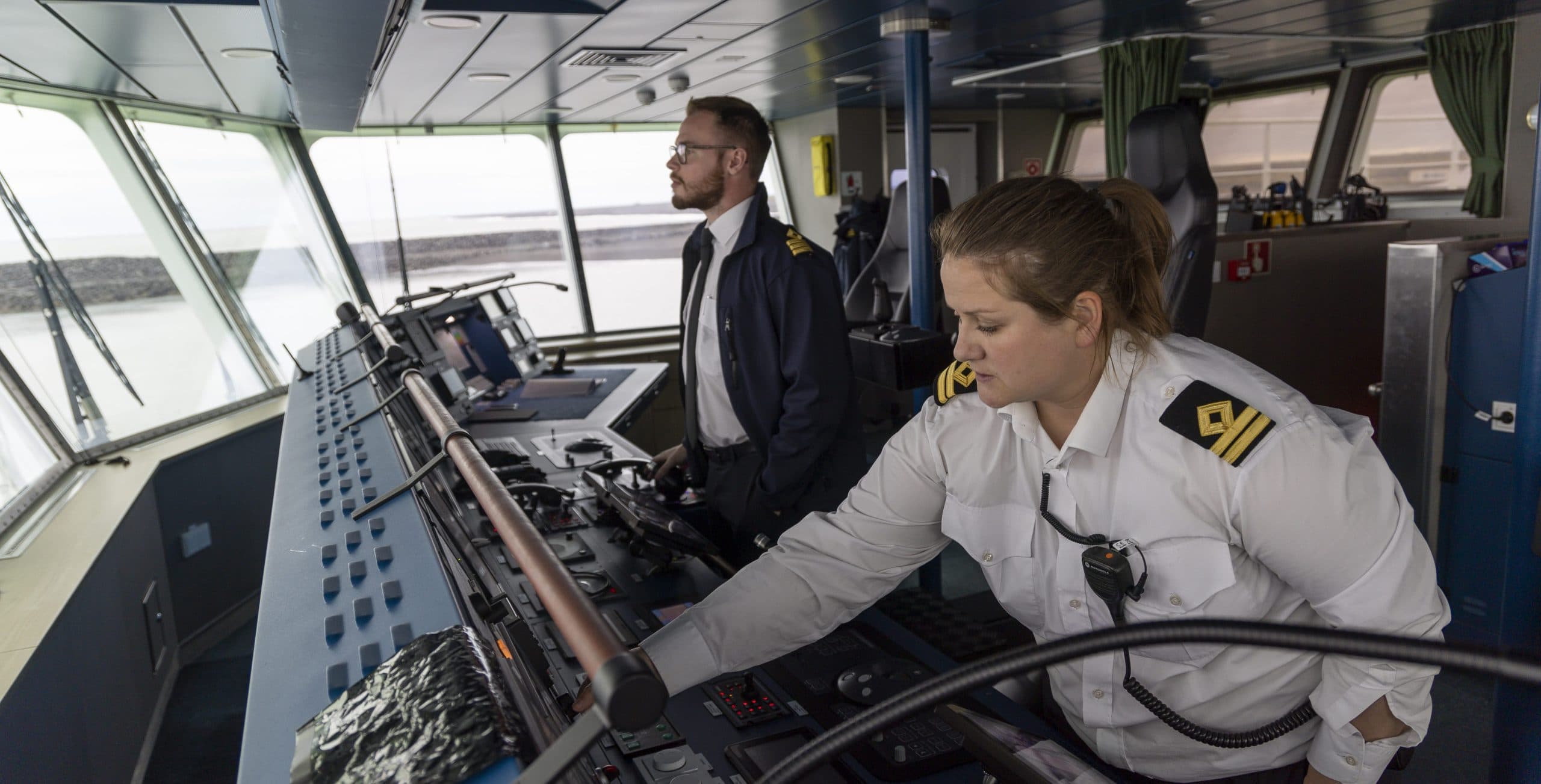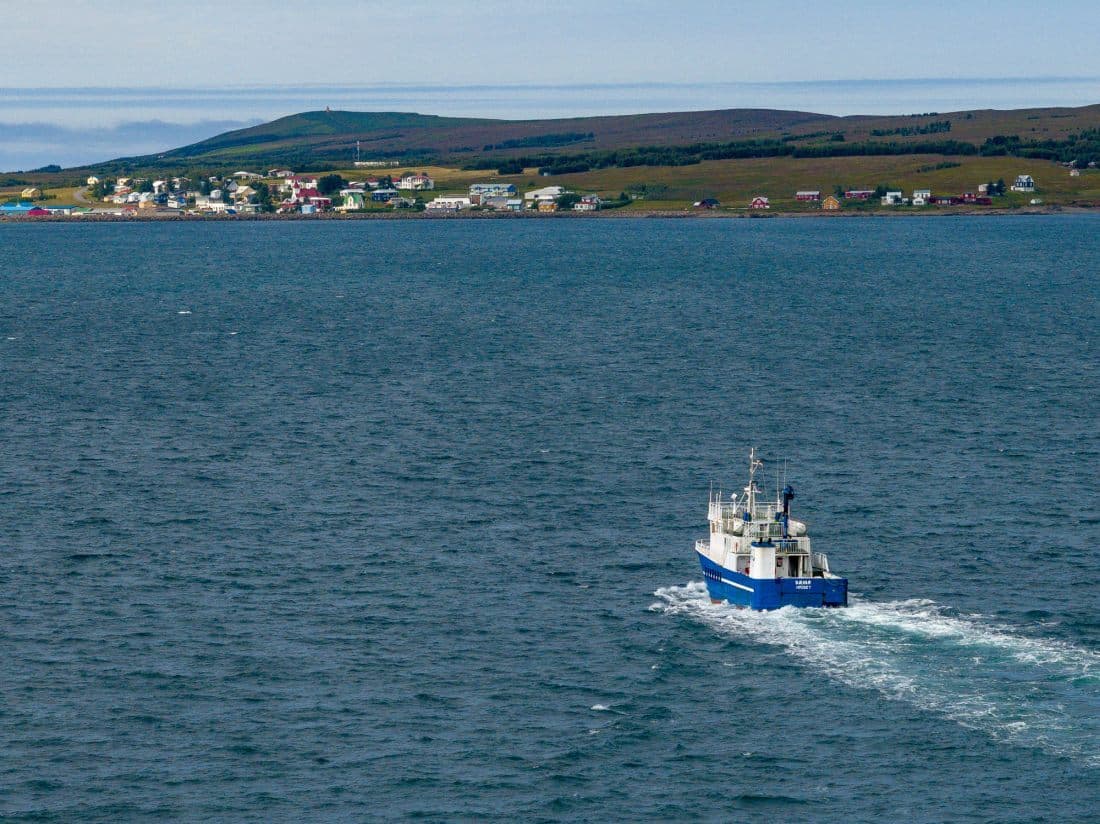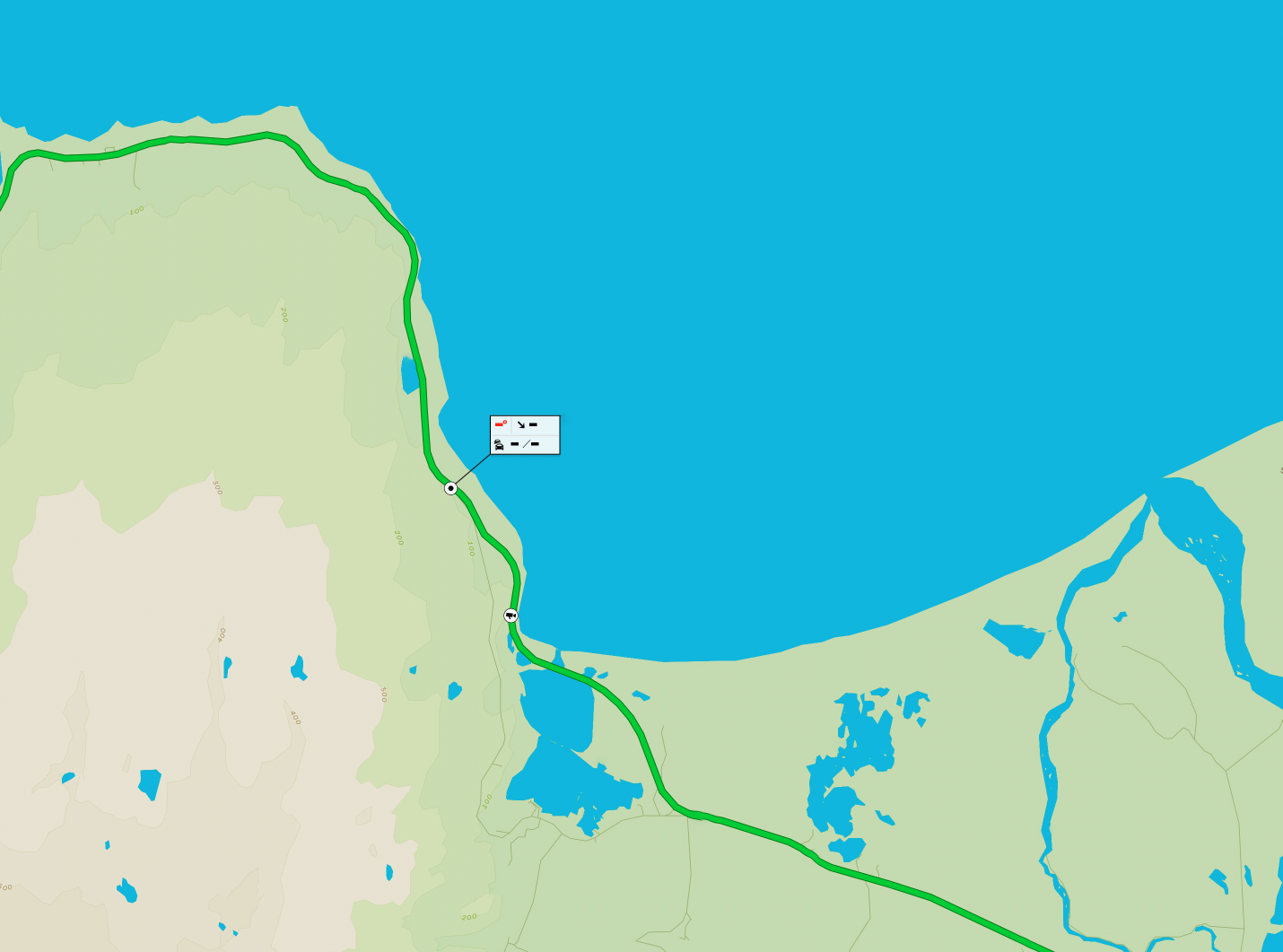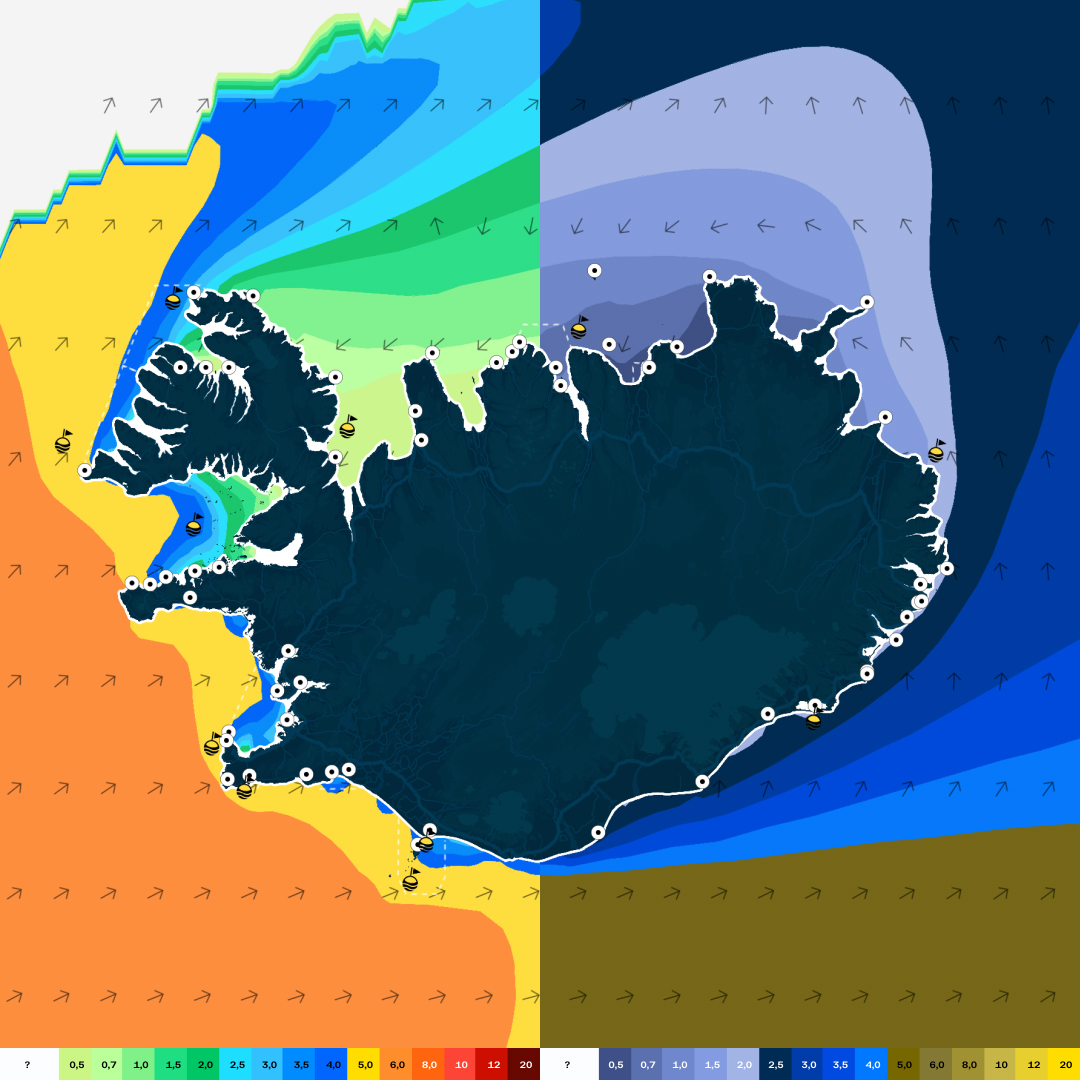The Maritime Watch Station
The IRCA is responsible for the operation of the Maritime Watch Station, and maintains financial and professional oversight of the Station and its projects. The Watch Station operates various safety and monitoring services for vessels and sea transport.

The IRCA has financial and professional control over the watch station’s operations, and manages communication with the authorities regarding its projects. The Icelandic Transport Authority manages international collaborative efforts with, among others, the International Maritime Organization (IMO,) and the European Maritime Safety Agency (EMSA.) The Icelandic Coast Guard, ICE-SAR, and the Emergency hotline collectively operate the watch station according to a collaborative service agreement established thereto. The Icelandic Coast Guard has primary leadership within the watch station and so manages its day-to-day operations.
The objective of this collaborative service agreement is to ensure the safety of seafarers as much as possible, and that all relevant parties — highly experienced and knowledgeable regarding the application of surveillance, search and rescue — join forces in operating the watch station for the benefit of all seafarers.
The watch station's projects
The role of the watch station is defined in the legislation establishing it, and in EU Directive 2002/59/ EC. Ultimately, the main role of the watch station is five-fold:
- to monitor all maritime traffic within Icelandic jurisdiction, identifying and registering all vessels
- to communicate with maritime vessels within Icelandic jurisdiction, when necessary
- to communicate information to maritime vessels regarding environmental issues and maritime-related updates
- to respond to unforeseen events, and to take action if circumstances so require
- maritime rescue coordination (MRCC).
Law and regulation regarding the watch station (Icelandic only)

The Hrísey ferry: Sævar, summer of 2023. Photo credits: Vilhelm Gunnarsson.
Vessels in Icelandic jurisdiction
The Maritime Watch Station constantly monitors all fishing vessels within Icelandic jurisdiction through an Automatic Identification System (AIS) and other related systems. The AIS-system allows for tracking the movement of all freighters along the Icelandic coast.
Following EU resolutions, an electronic notification system for marine traffic between member states, as well as Norway and Iceland, has been implemented. This system is called Safe SeaNet (SNN). Safe SeaNet collects and communicates information on ship movements, the transportation of dangerous materials, navigation history, mishap registration, and more.
Telecommunications services
The presence of good telecommunications within Icelandic jurisdiction is very important. Sufficient service through telecommunications — such as information on sailing and sailing routes, as well as general safety services — must be provided. Furthermore, the watch station also serves as an intermediary between vessels and any service they might require at emergency ports.
Environmental information
An important aspect in the Maritime Watch Station’s operations is the monitoring and use of information systems for environmental factors such as weather, wave height, tidal currents, etc. Real-time measurement of these factors, along with relevant forecasts will, over time, become powerful tools that watch station managers can use to handle any problems which might surface regarding sailing and fishing, as well as incidents contributing to pollution that occur within the jurisdiction. Information systems on environmental factors must be developed further, and the IRCA has recently carried out work in this respect.
Right to intervention
Situations can arise regarding ship movement within Icelandic jurisdiction which necessitate intervention by the Maritime Watch Station. EU Directive 2002/59/EC, details a need for Maritime Assistance Service (MAS), which can refer to anything from instructions for captains, to sending an expert group on board a ship in distress to evaluate its condition.
Furthermore, the act on marine and coastal antipollution measures stipulates the right to intervention, which provides possibility for MAS to intervene if an accident leading to pollution within Icelandic jurisdiction is deemed imminent. The distinction between MAS and rescue services such as ICE-SAR are still somewhat unclear. Detailed working procedures need to be implemented concerning MAS, i.e. where the role of the watch station and the responsibility of the captain are clearly individually defined.
Provisions on emergency ports, as well as places of refuge, and the subsequent role of the watch station also relate to this act. This factor also necessitates the implementation of definitions and rules of procedure. The right to intervention is perhaps the most sensitive field of operation, with regards to where the responsibility lies. According to changes that were made to the Harbour Act, the Icelandic Transport Authority is the administrative entity which appoints places of refuge in Iceland.
Organising rescue services
With the advent of the maritime watch station, as well as the involvement of rescue party representatives, now is a better opportunity than previously seen to coordinate all rescue measures, and to better utilise the equipment readily available. A better foundation for rescue and sailing services is achieved by including rescuers in the watch station.







